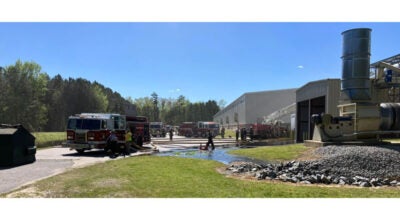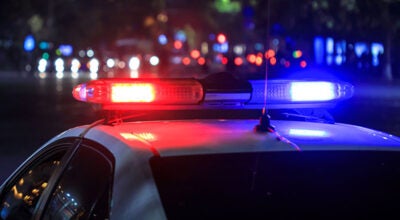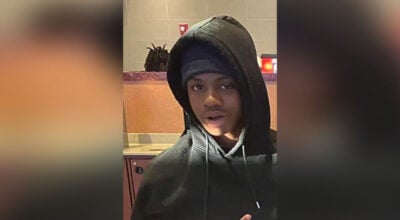Cameras installed along Armory Drive
Published 8:42 am Friday, June 25, 2010
FRANKLIN—Relax. Big Brother isn’t watching you.
Cameras installed at four intersections along Armory Drive this week are only for detecting vehicles waiting for a green light. The new system is part of improvements being made to Armory Drive.
The cameras — which were mounted onto poles atop the traffic signals at College Drive, Bailey Drive, Council Drive and the entrance to the Southampton Shopping Center — will replace an underground system of wire loops built into the pavement to detect vehicles.
The loops, which are charged with a small electric current, change the traffic signal when a vehicle passes through the electric field generated by the loops.
Franklin Public Works Director Russ Pace explained that the loops would be affected when the top, distressed layer of pavement is removed — a process called milling —before the street is repaved later this summer.
“It was actually cheaper to upgrade and go to a more modern traffic detection system,” Pace said Thursday. “We’re going to have to do some milling on Armory Drive before we pave it, and we know we’re going to get into the loops. We didn’t want to lose the traffic movements or go to the default setting (for the traffic signals), which are basically timers, until we could get the loops put back in.
“Once you go to the video detection system you don’t have to worry about loops again.”
Pace estimates that the video system equipment and installation would cost the city about $50,000, a cheaper amount over time when compared to the loop system.
Workers with the Norfolk firm E.H. Ives used a bucket truck to install the cameras and wiring on Wednesday and Thursday. Pace said he hoped that part of the project would be completed by next week.
“It’s almost 100 degrees out there,” Pace said. “They’re doing the best they can. They have to get all the cameras in place and do their best to position them during the initial install.”
Pace said that once the cameras were turned on, workers would use software down at the traffic signal cabinet to “draw” areas to pick up traffic movement. He said the software could recognize five types of vehicles, including motorcycles.
“There is a possibility they will have to go back up in the bucket truck to reposition them a little bit,” Pace said.
He added that the cameras — which are fixed-focus and cannot zoom to see faces or license plates — would not make recordings, be used for surveillance or be connected to law enforcement.
Justin Lockwood, one of two workers installing the cameras on Thursday, said the equipment isn’t used to catch drivers running red lights, either.
“But people see them and automatically think that’s what they’re for,” Lockwood smiled.





